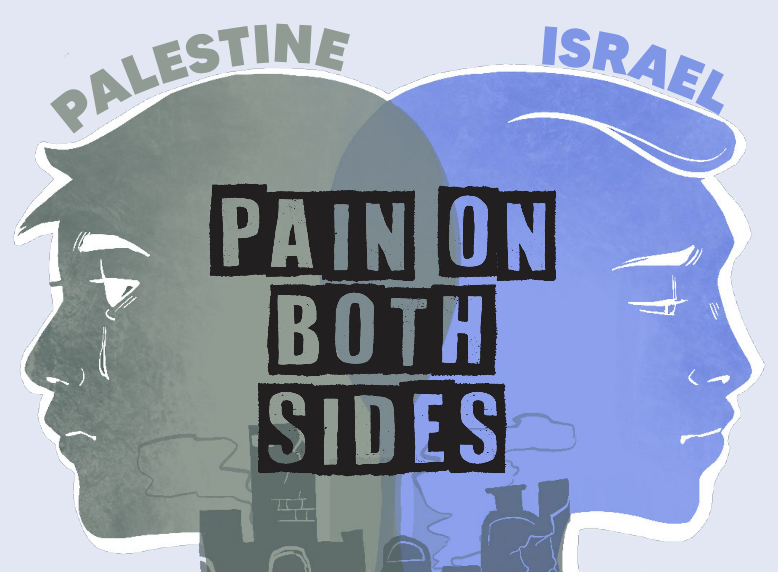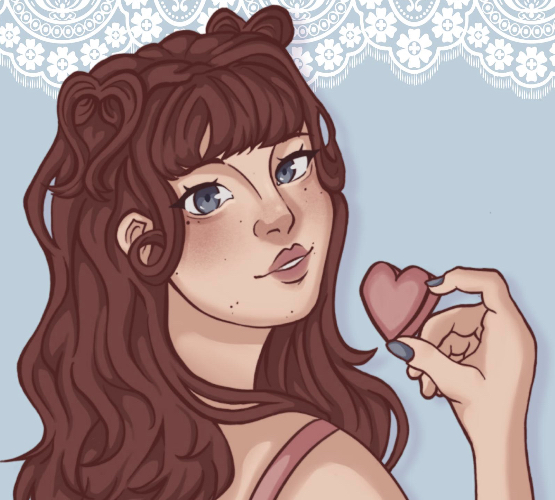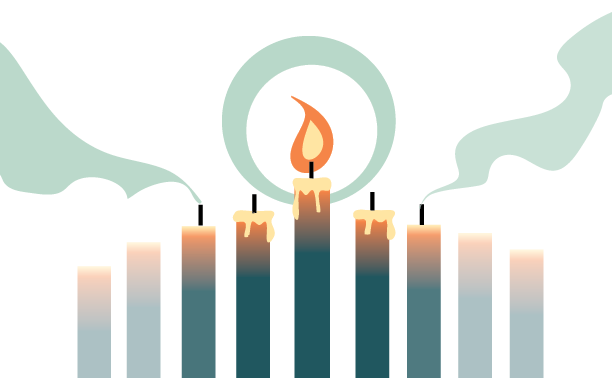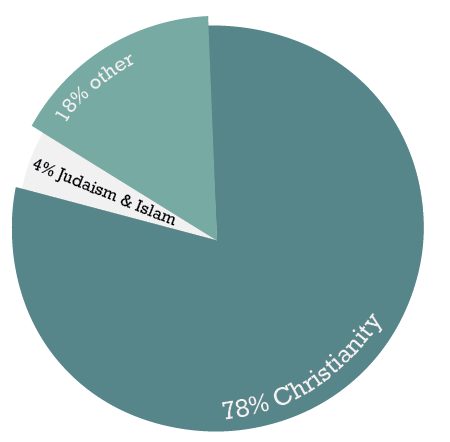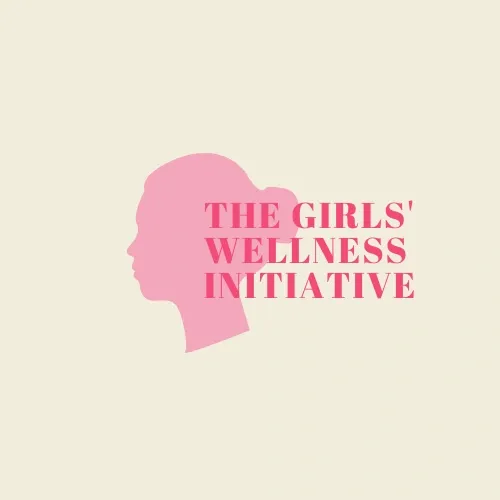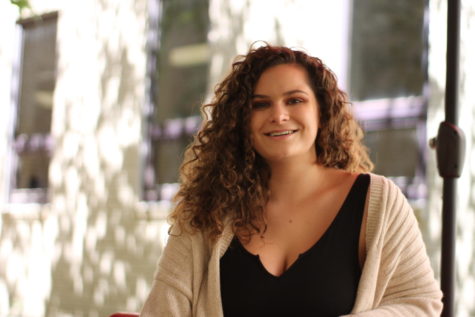Editor’s note: This story was a part of the in-depth package of our April 26, 2019 issue, which won best series or project in the Dallas Morning News high school journalism contest. It also won second place for print in-depth news/feature packages in the ILPC contest.
Prescription drug abuse is the fastest-growing substance problem in the country according to the Department of Health and Human Services. The issue doesn’t just apply to adults. According to kidshealth.org, one out of seven teens surveyed in 2017 said they had taken a prescription drug without a doctor’s guidance.
“It’s more common and popular and accepted nowadays,” SRO Joe Gray said. “I think when somebody does start experimenting with it, their friends and family don’t go ‘oh man, that’s not good.’”
A common misconception about prescription drugs is that they’re less risky than other substances. They’re only beneficial if they’re taken properly by the person they were prescribed to, but for others not under a doctor’s care, abusing these drugs can even be deadly.
“Hydrocodone [has] the same exact chemical that’s released in your brain as heroin, it’s just that it’s a much smaller amount,” psychology teacher Amanda Vara said. “[Doctors] know what to prescribe.”
Vara, Gray and senior Blythe Bussell all acknowledged how easy it is for teenagers to get prescription pills.
“I know that it can be pretty common and it’s not that hard for teenagers to even get a hold of,” Bussell said.
They typically hear of teens taking them from an unlocked medicine cabinet. A 2015 study revealed what many had already witnessed — that most teenagers are getting prescription drugs from friends who took the pills from their homes.
It has really far reaching implications. The more and more common it becomes, it’s going to end up reaching a friend of yours or a family member.
— Joe Gray, SRO
Both Vara and Gray’s biggest concern about teens abusing prescription drugs is the likelihood of addiction. The brain is not fully developed until people reach their early to mid 20s. Because habits and other behaviors are hardwired into the brain during people’s teenage years, actions tend to stick well into adulthood.
If addiction and risky decisions become some of those reinforced behaviors, it can cause problems down the road, and even lead to death. According to a 2012 study by the National Institute on Drug Abuse, one in every four people who misused prescription drugs by age 13 developed an addiction later on.
“That is something that is so hard to get out of. Willpower is not enough,” Vara said. “You often will need professional help to become not dependent on that drug.”
A common theory as to why teens abuse prescription drugs is that they’re simply curious.
“Especially at this age, a lot of people are curious of the effects because they hear [about it] on TV or from people around them,” Bussell said.
But Bussell also acknowledged what recent statistics have proven. In a 2015 study, researchers found that teenagers aren’t necessarily just looking for a high when they abuse prescription drugs — some are using the drugs to cope with specific underlying issues like anxiety, losing weight and trying to stay up late to study.
“People kind of use them to relieve stress or push aside their problems for the moment, which obviously doesn’t really help because at the end of the day it’s still going to be there,” Bussell said.
Vara and Gray are both supportive of education as a solution. Vara expressed concern for the delivery of the information to ensure students’ attention. Bussell said that education might work, but that there would always be teens who don’t pay attention and abuse prescriptions regardless. If the trend continues, Gray believes that the cycle will continue and reach people close to the drug abuser.
“It has really far reaching implications. The more and more common it becomes, it’s going to end up reaching a friend of yours or a family member…” Gray said.
What happens when you abuse them
Depressants
Side effects of abusing depressants include slurred speech, shallow breathing, disorientation, tiredness and impaired coordination. Seizures often accompany withdrawal from this type of drug.
SRO Joe Gray said that Xanax is the most prevalent depressant he’s seen teens using. Also known as “downers”, these drugs are used to treat a variety of medical issues like anxiety and insomnia since they relax the body. Ironically, for those who don’t have anxiety, the drug can cause anxious feelings. Xanax is also a drug that causes people to develop a tolerance extremely quickly. This means that those addicted have to take more and more to get the same high. Those with a Xanax addiction often take up to 20 and 30 pills per day according to Addiction Center. Because depressants overall suppress the body’s functions, taking too much can cause breathing and heart rate to stop completely, killing the person who took them.
Opioids
This type of drug causes deep relaxation and relieves moderate to intense pain. Less severe effects of taking too much are nausea, drowsiness and constipation. Because opioids affect the same parts of the brain as heroin, slowed breathing and even death can occur if enough of the drug is taken.
Hydrocodone is the most commonly prescribed and abused opioid drug in the country. The U.S. also consumes nearly 100 percent of the world’s supply of the drug.
Opioids are widely considered the most addictive drug class, and, according to the CDC, over 11.5 million Americans reported misusing prescription opioids in the past year. According to Drug Center, 46 percent of drug related medical emergencies in 2013 involved prescription opioids. This makes them the most common substance that results in an unexpected 911 call or trip to the ER.
Mixing prescription drugs and alcohol
Mixing opioids and alcohol can be extremely dangerous because if enough of both is taken, death can easily occur. Since both suppress the central nervous system, taking too much can slow down bodily functions until they simply stop.
Alcohol is classified as a depressant, so in other words, alcohol and prescription depressants do the same thing to the user’s body. This means that when they’re taken together the person feels intoxicated much quicker. Mixing the two can lead to accidents related to loss of coordination or a deadly overdose.
A common misconception about mixing stimulants and alcohol is that they will cancel each other out since they have opposite effects. This could not be more wrong. Taken together, both substances amplify one another’s effects. Alcohol also makes it easier for the drug to build up in the body, causing rapid overdose.
Stimulants
These drugs make the user more alert and active, however, they have side effects similar to cocaine when misused. They can also cause paranoia, severely high body temperatures and irregular heartbeat. These effects worsen as the dosage gets larger and or if the drug is ingested in a way other than swallowing a pill.
For teenagers, stimulants are most commonly prescribed to treat ADHD. SRO Joe Gray said the most common stimulant he has seen teens use is Adderall. If misused, Adderall can can impair cognitive control, induce a psychosis or cause rapid muscle breakdown. Between 2006 and 2011 Adderall misuse rose 67 percent and ER visits went up 156 percent according to a Johns Hopkins study.
Another stimulant used to treat ADHD, as well as narcolepsy, is Ritalin. It specifically can cause rapid or irregular heartbeat, delirium, panic, psychosis and heart failure if incorrectly used.





